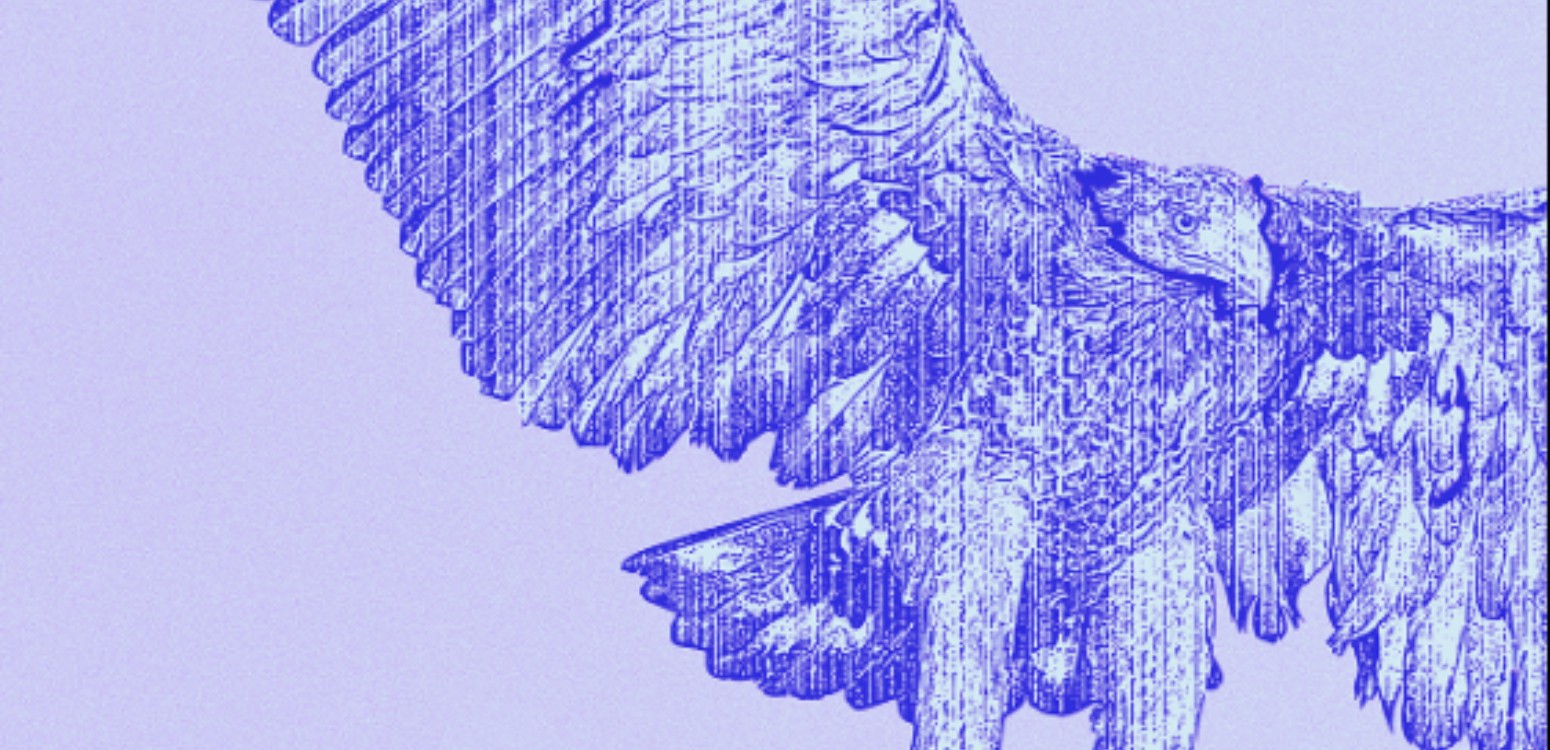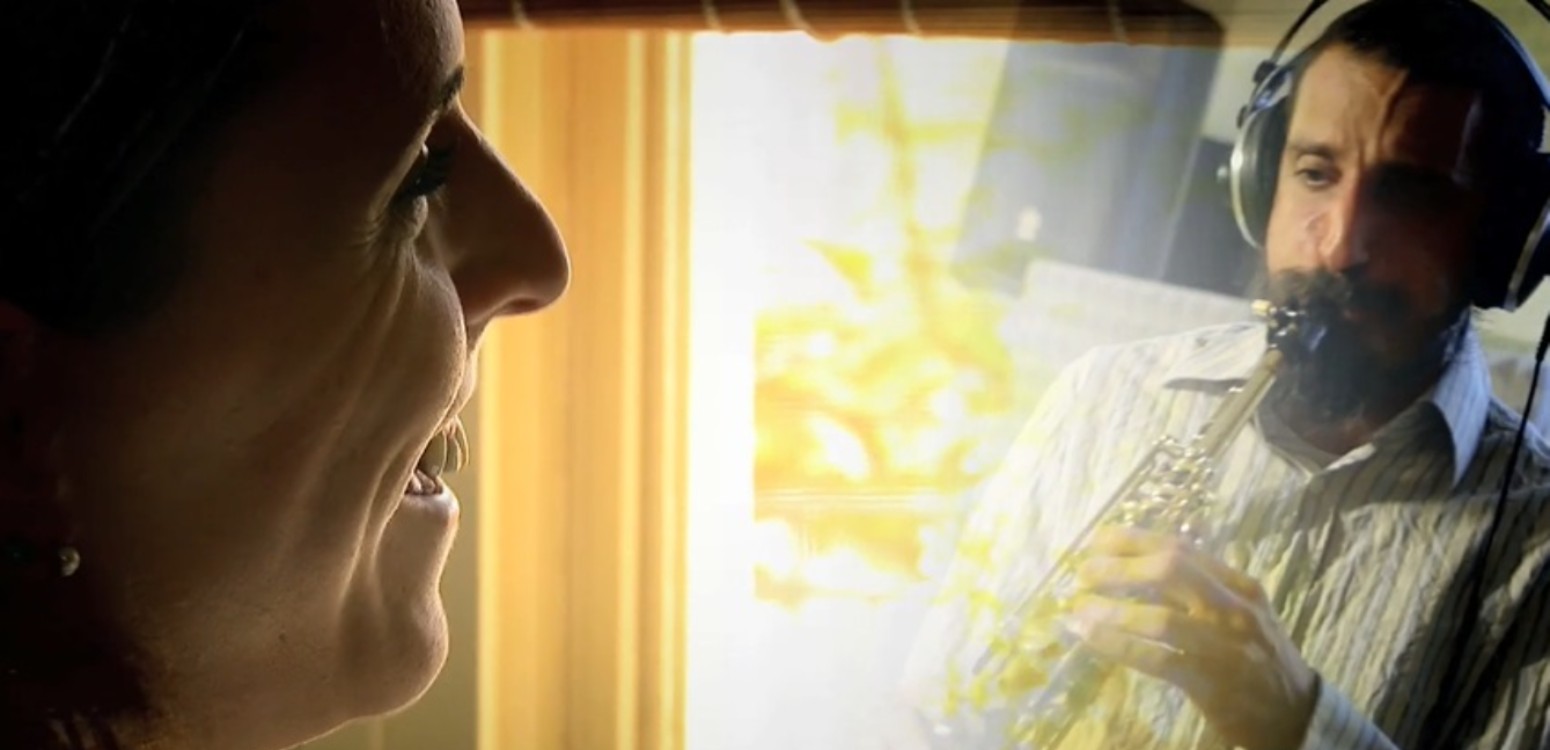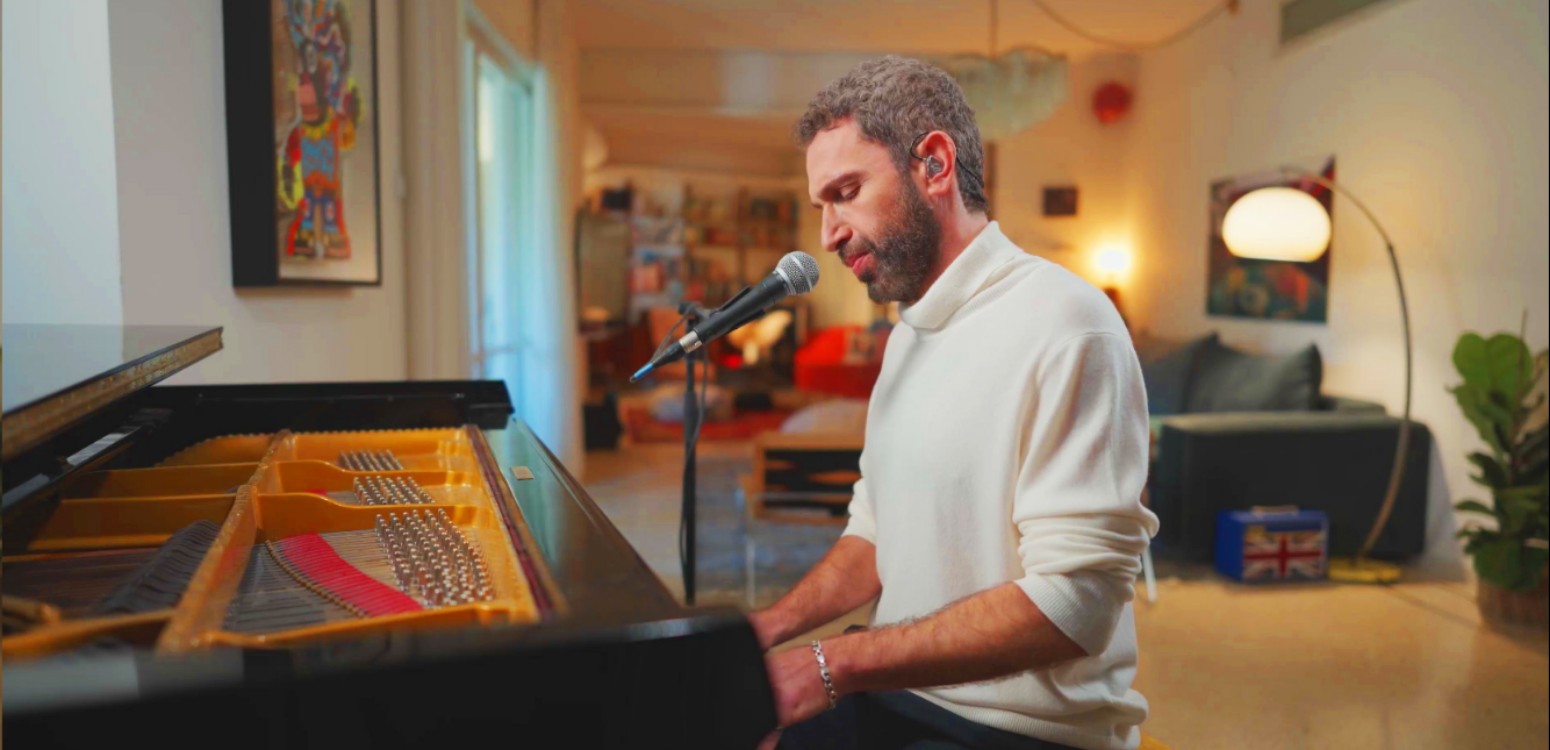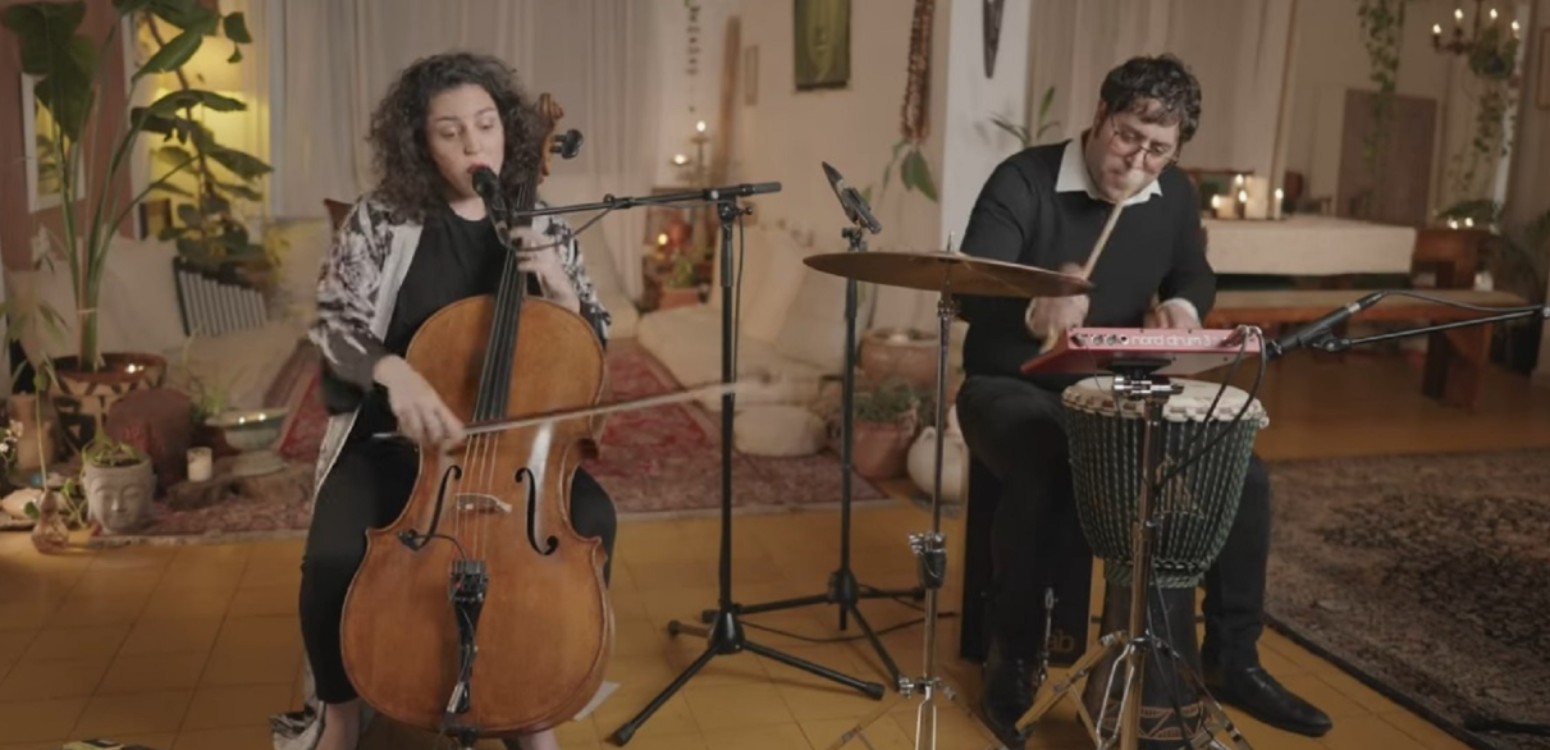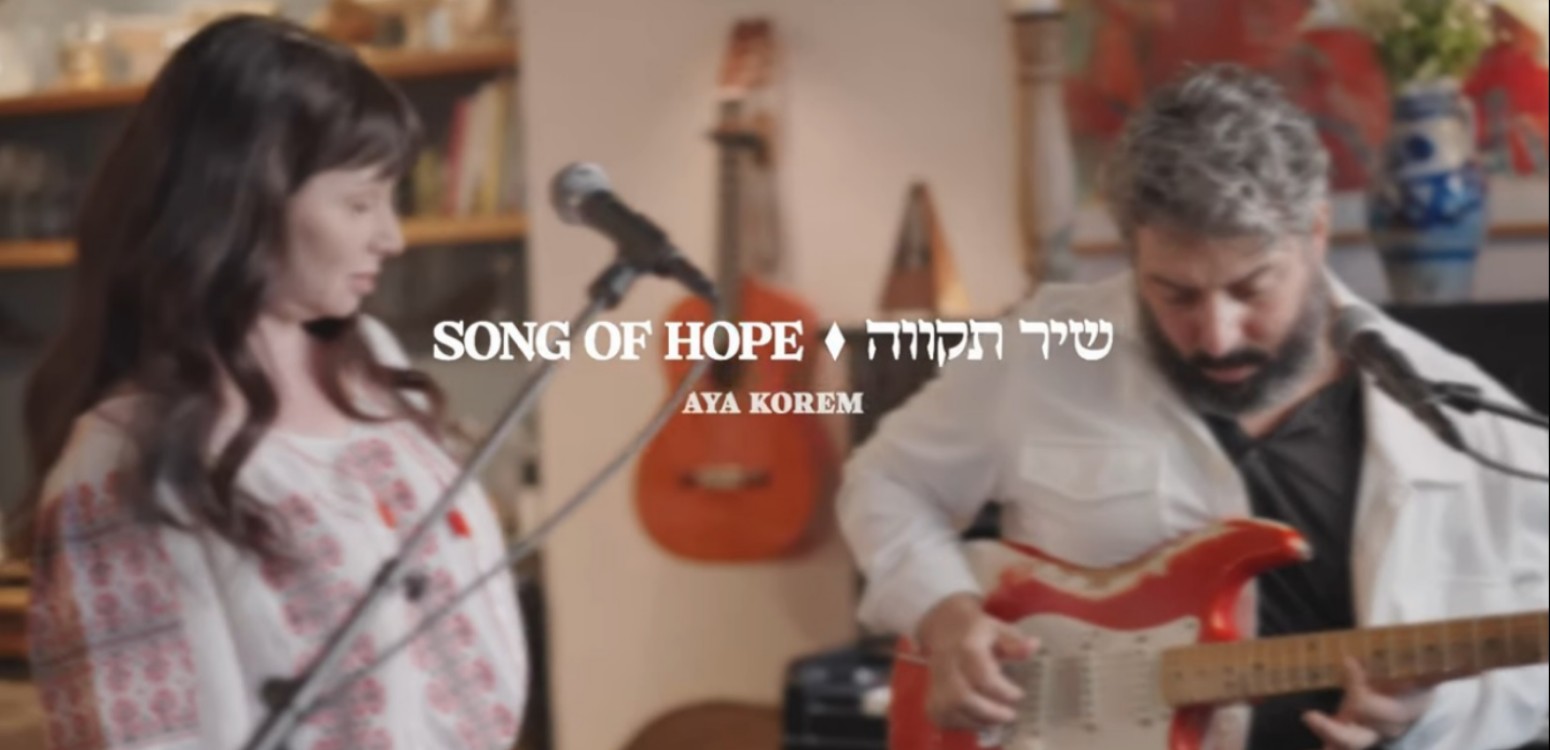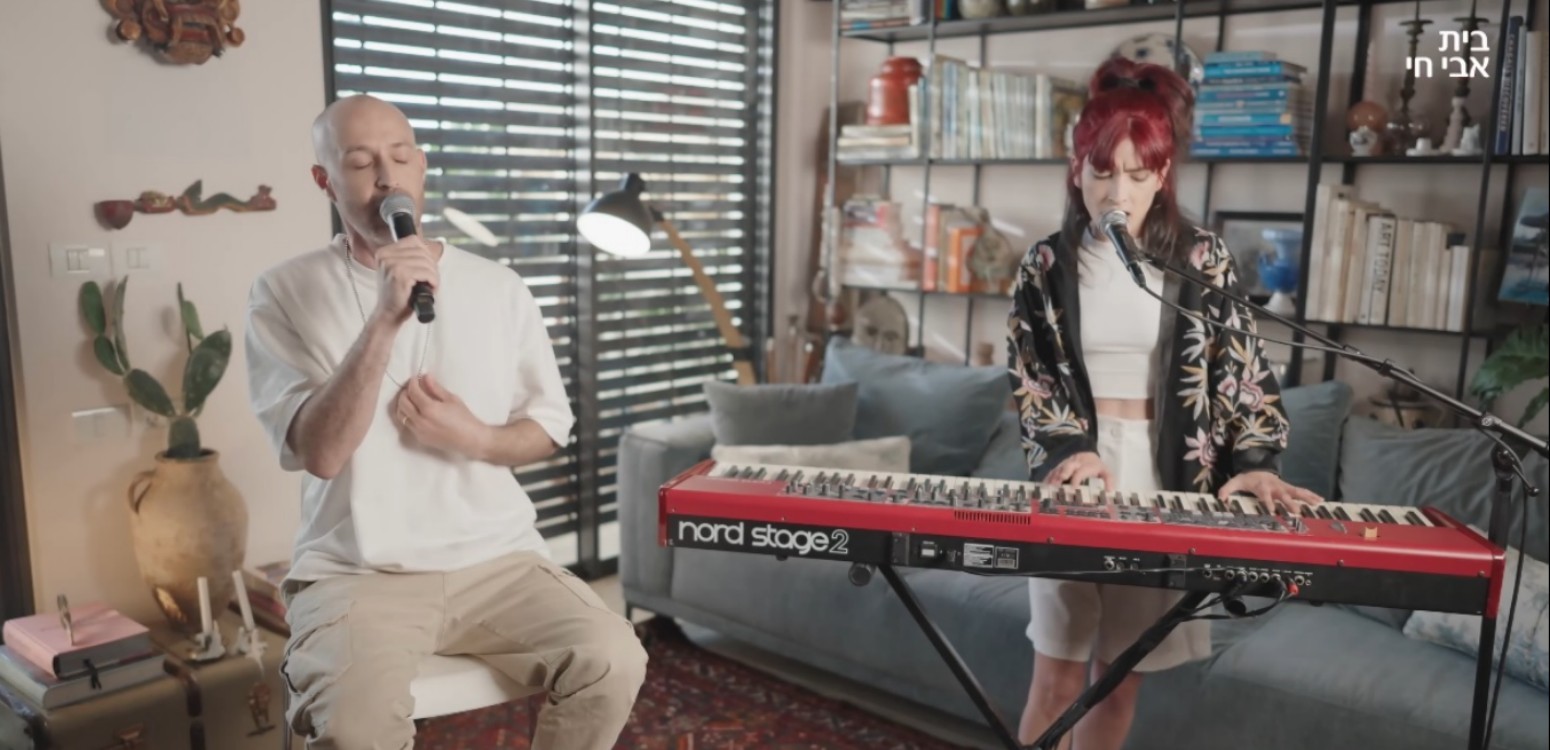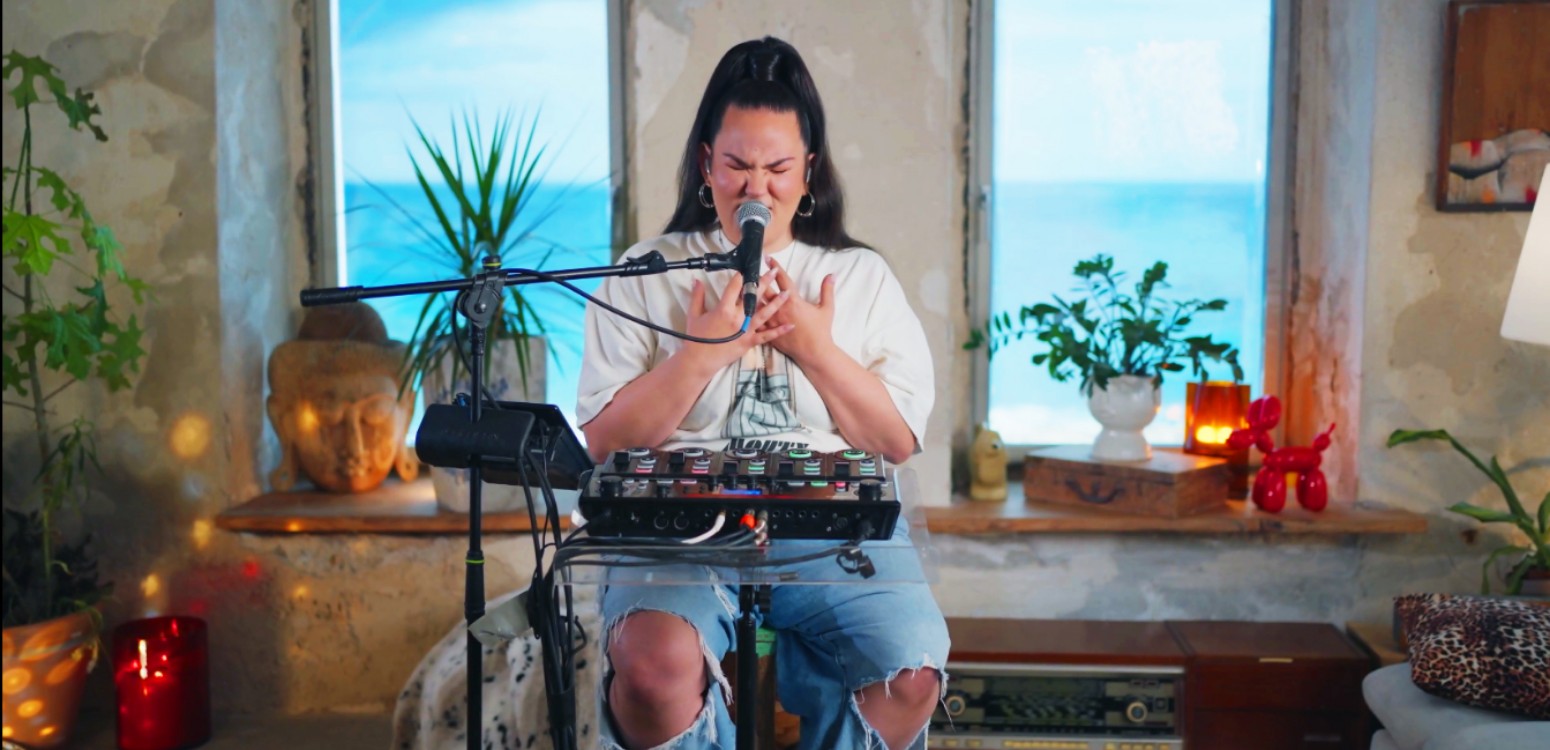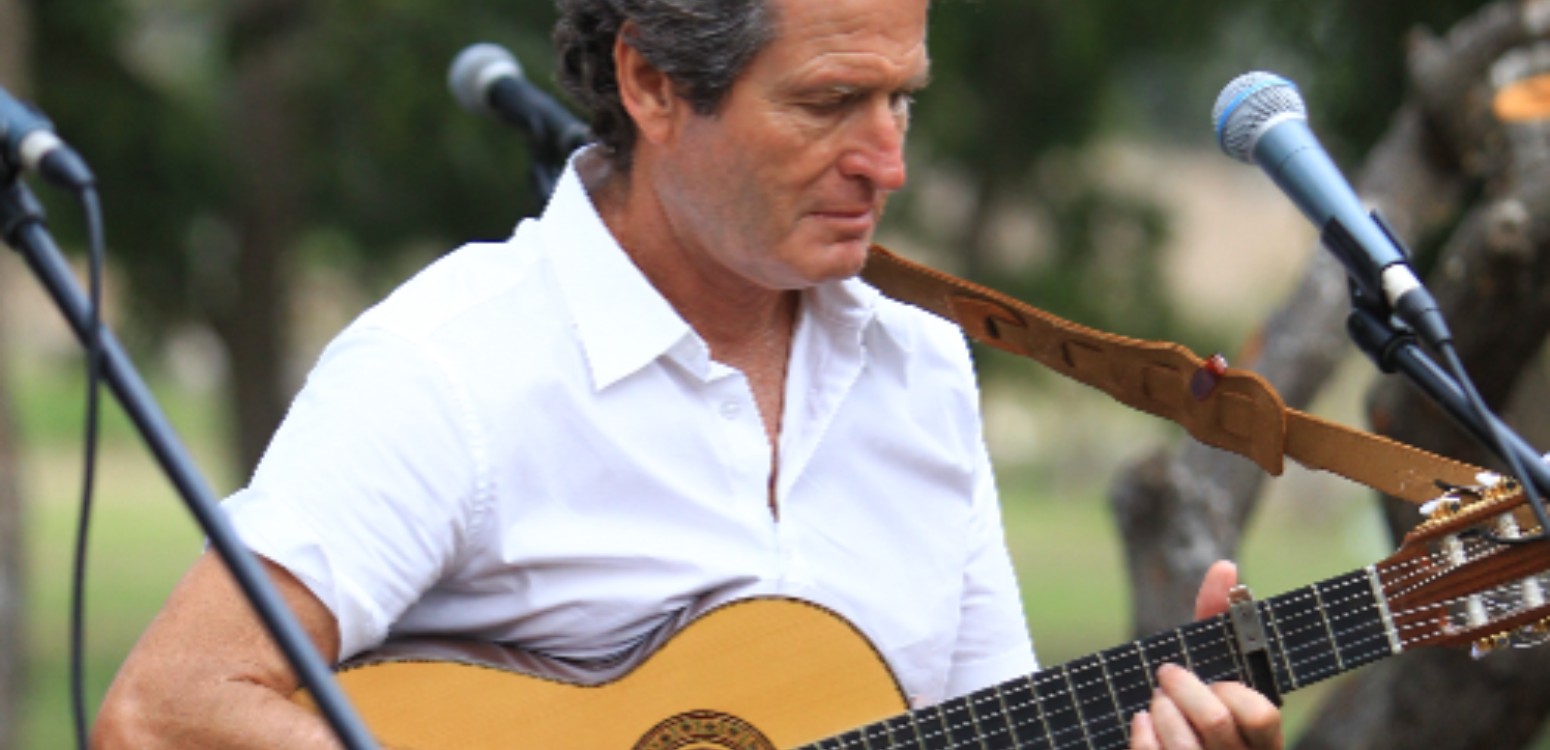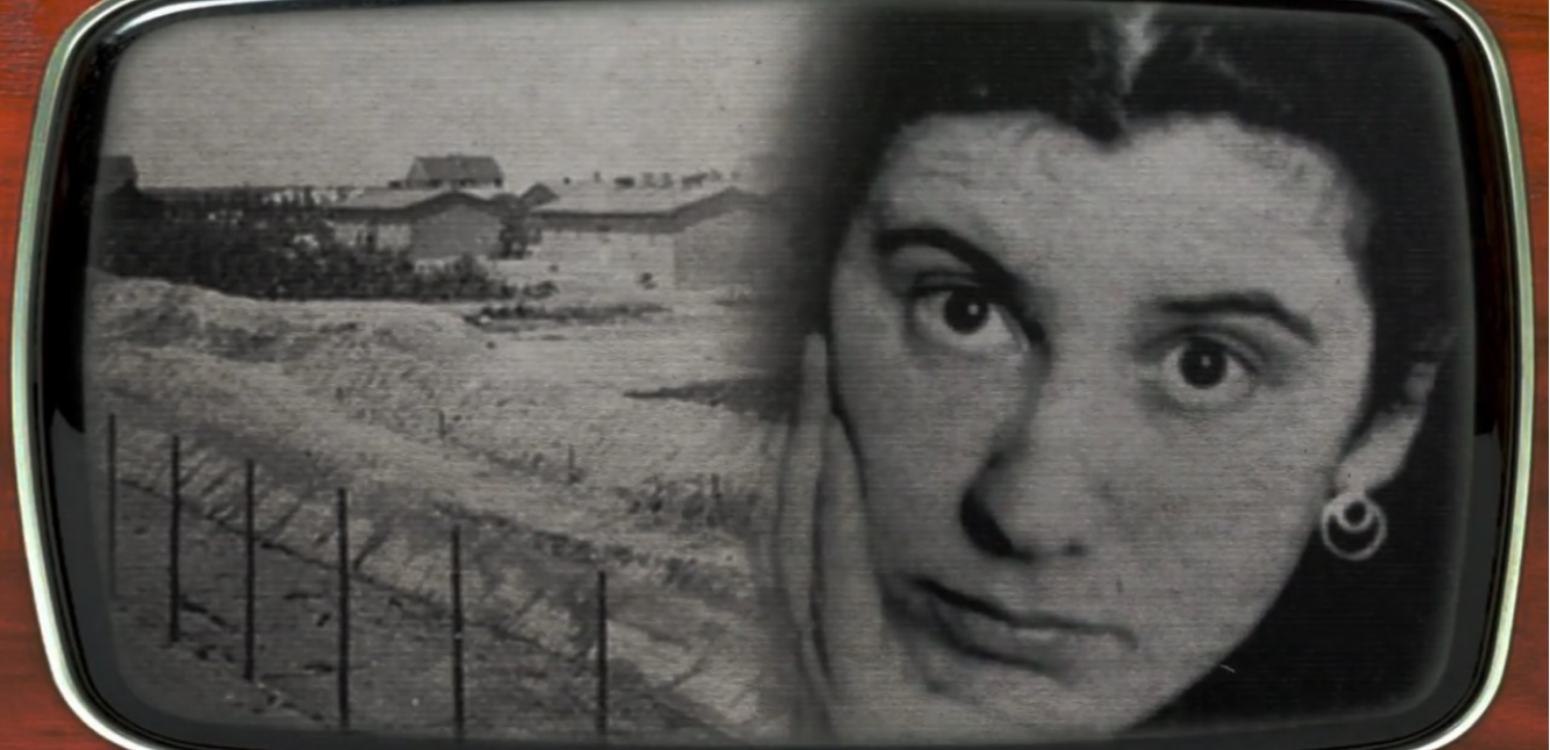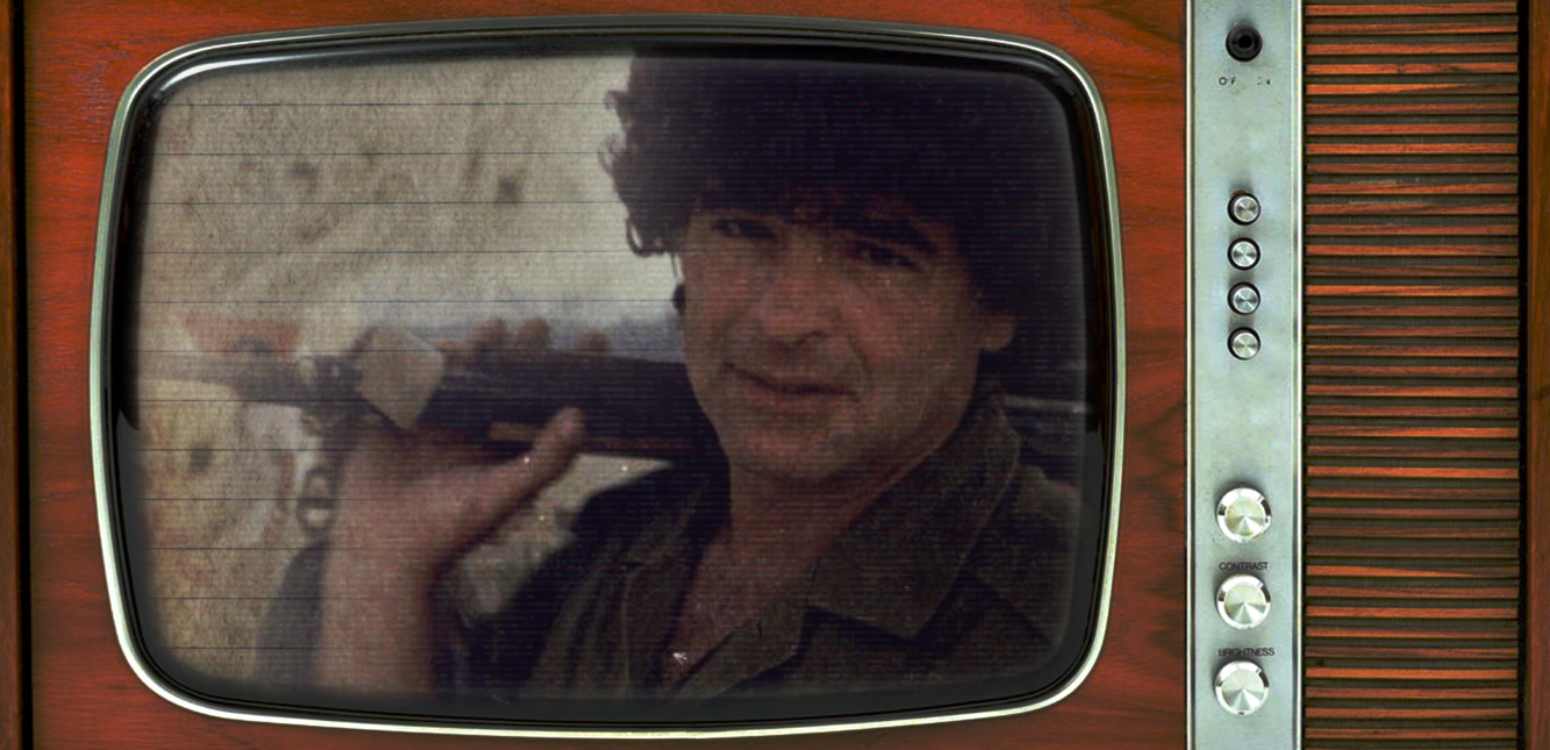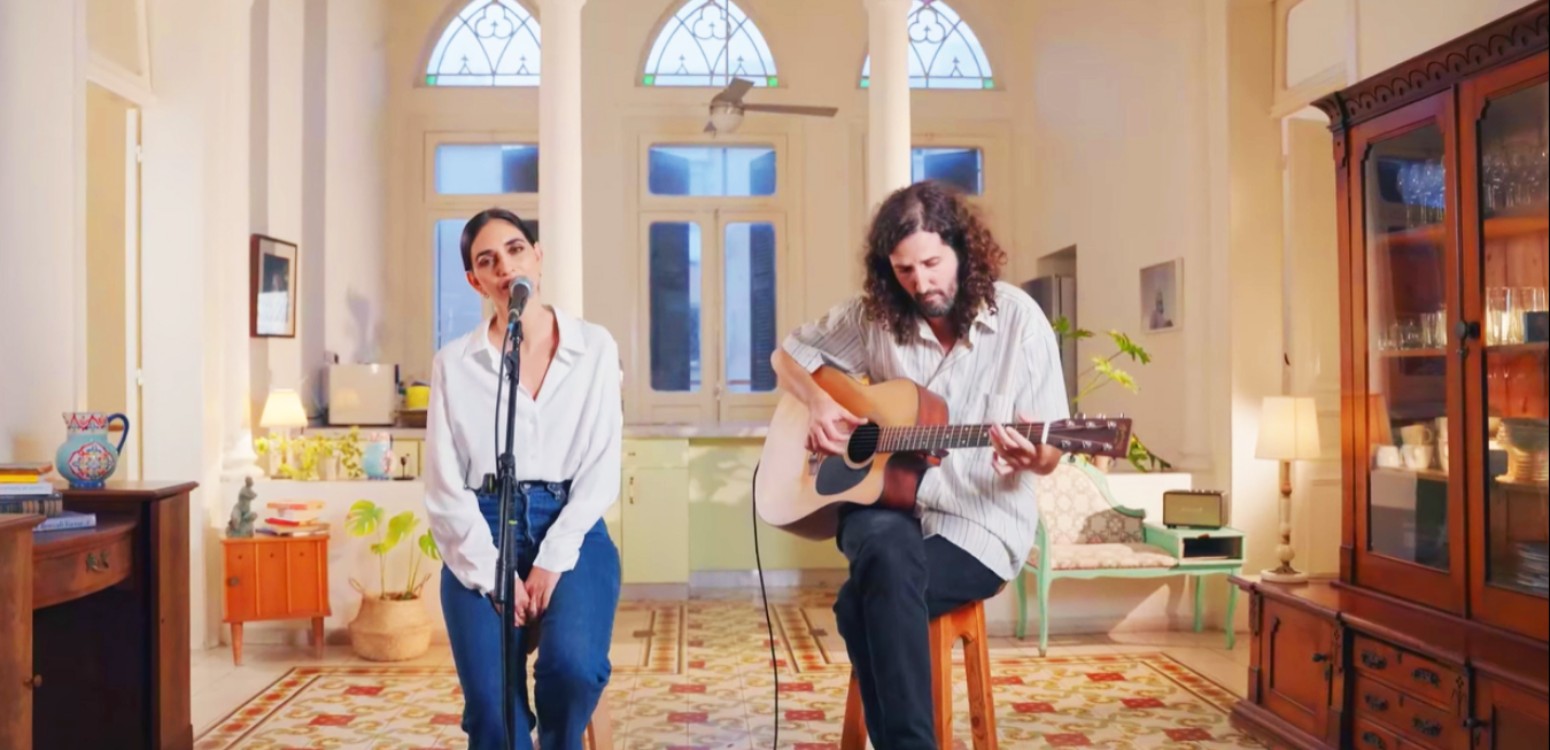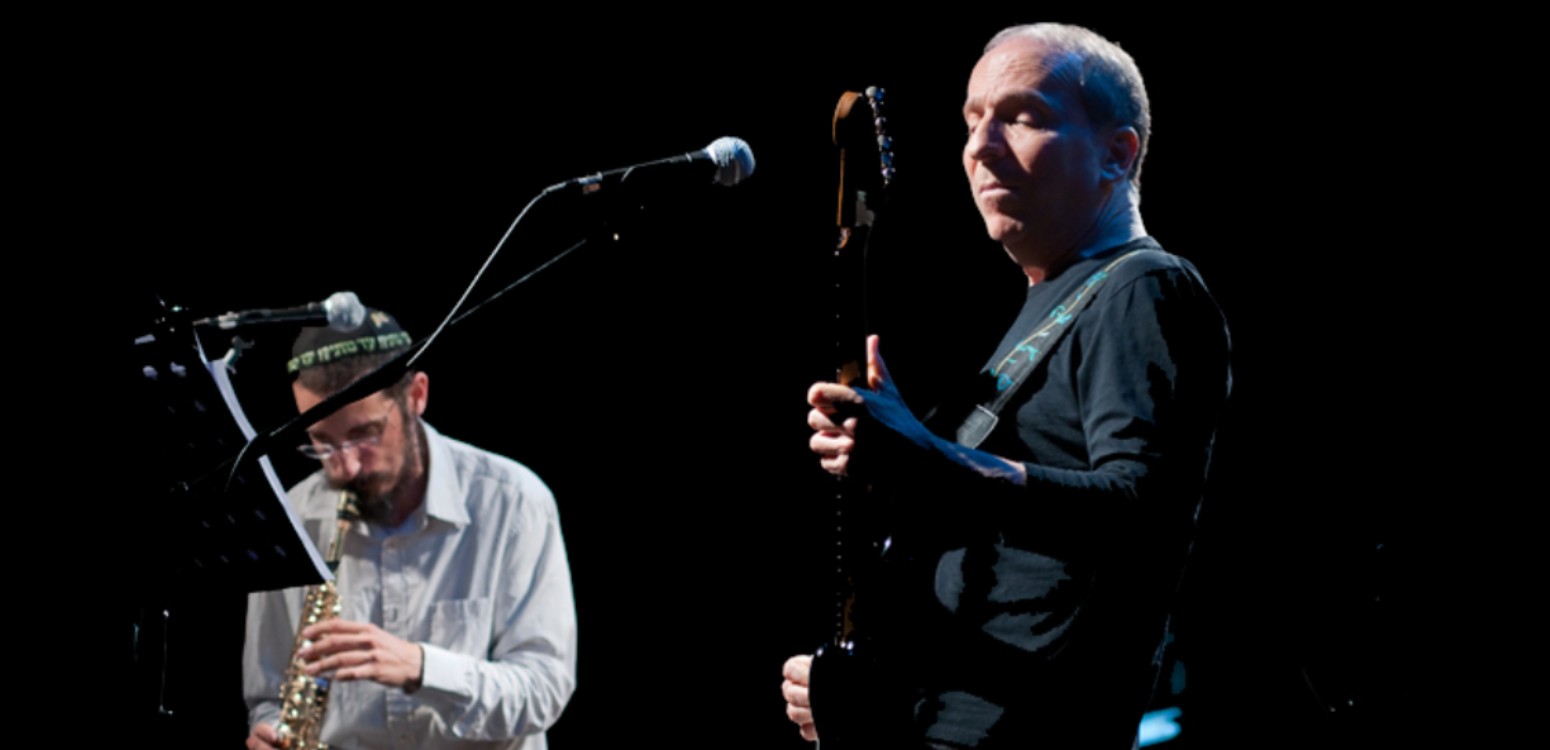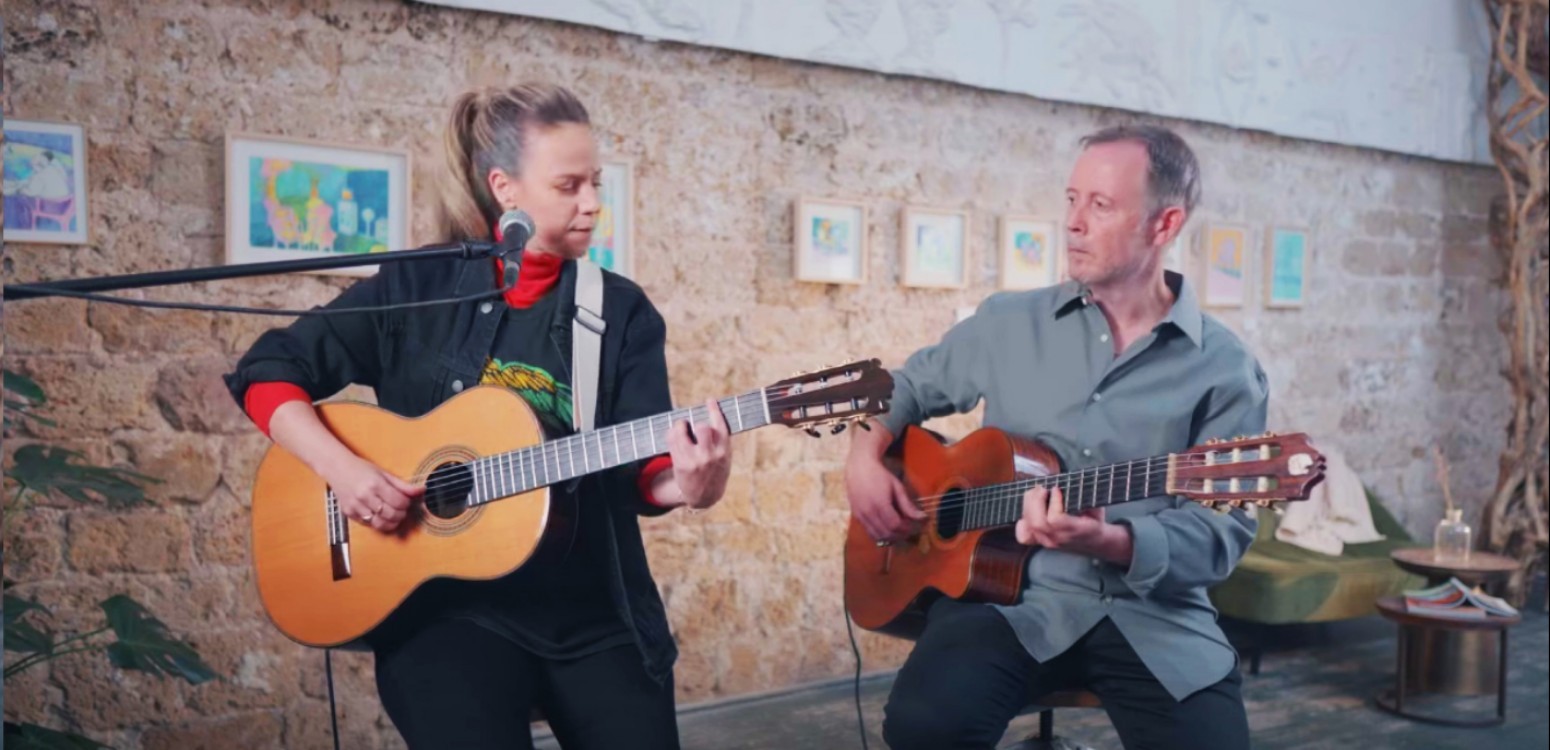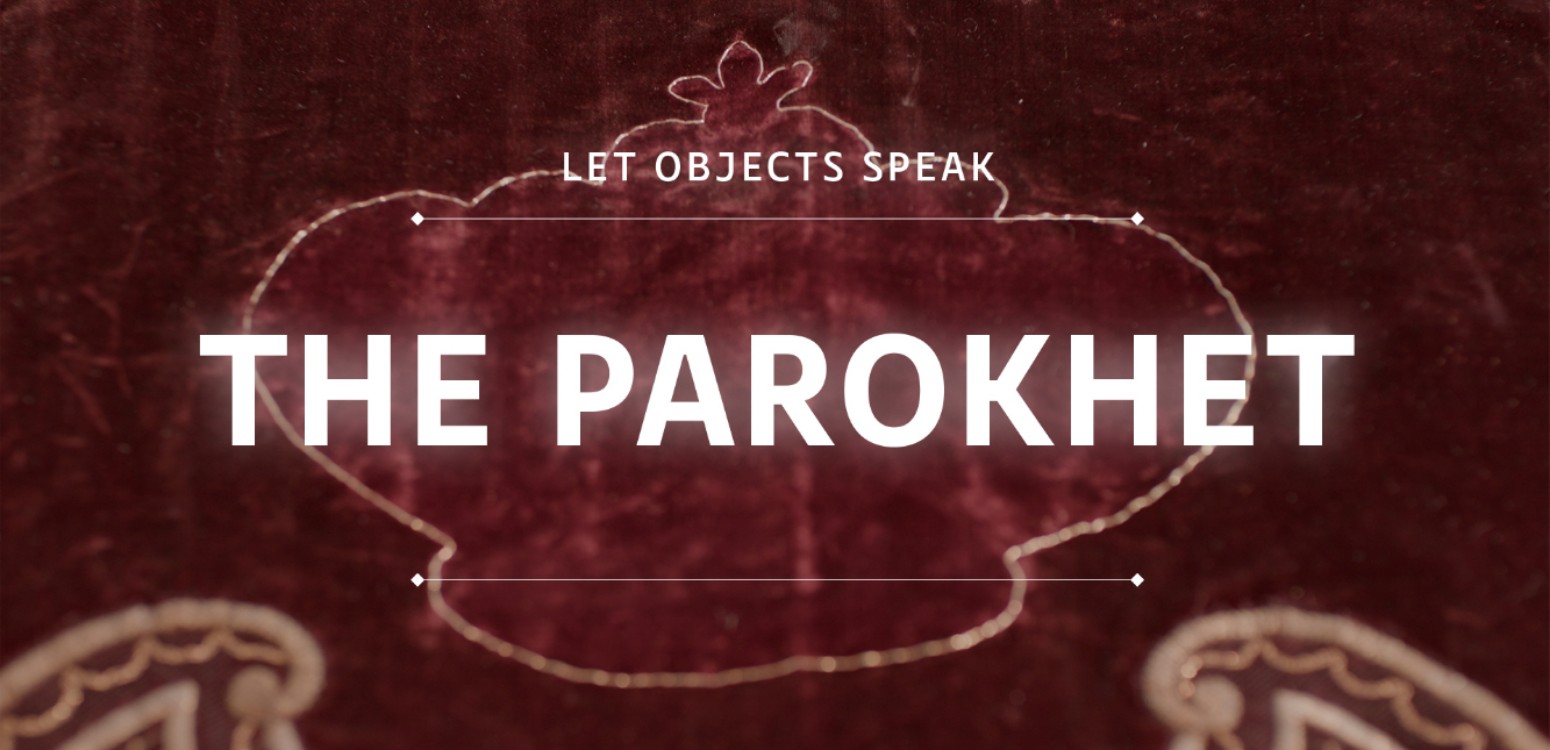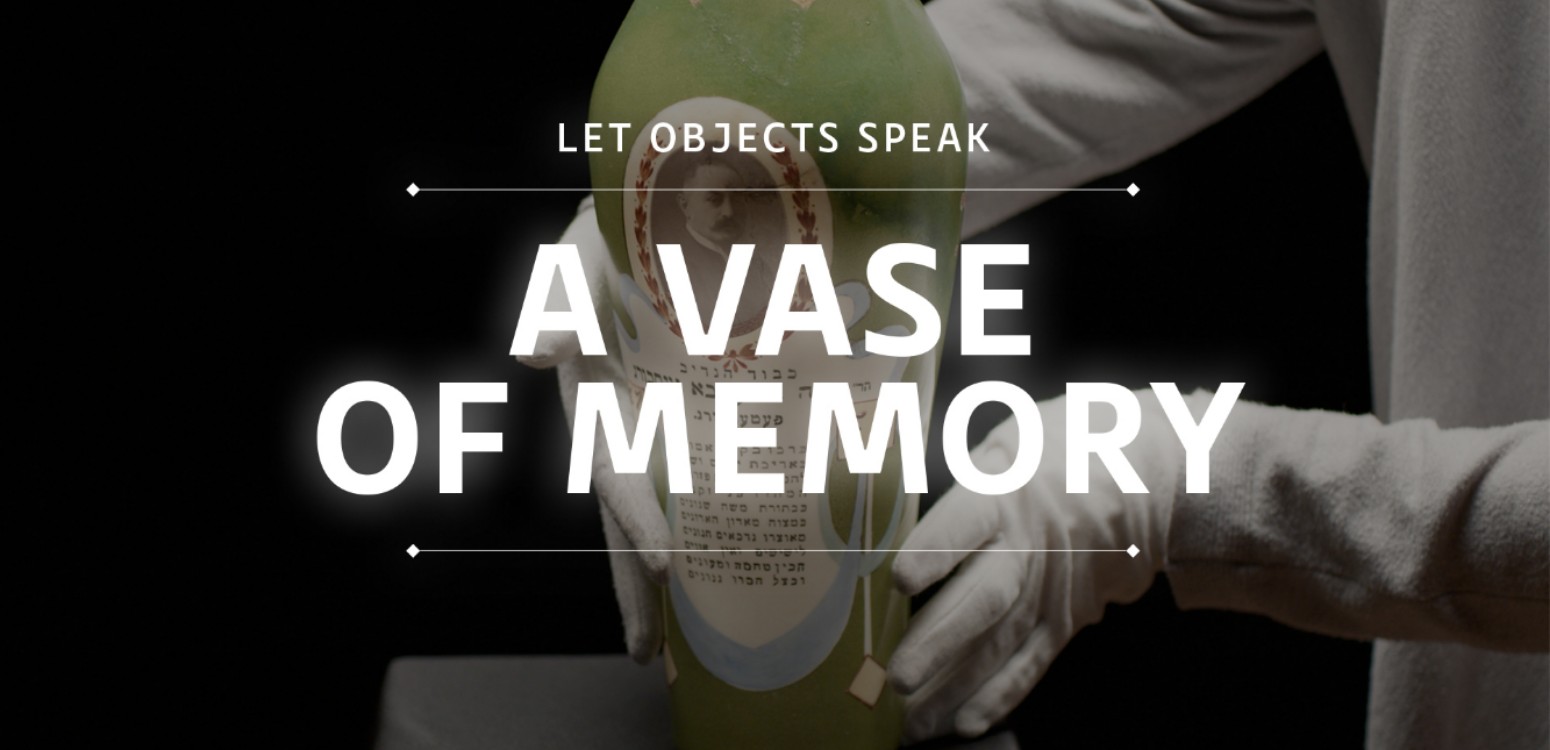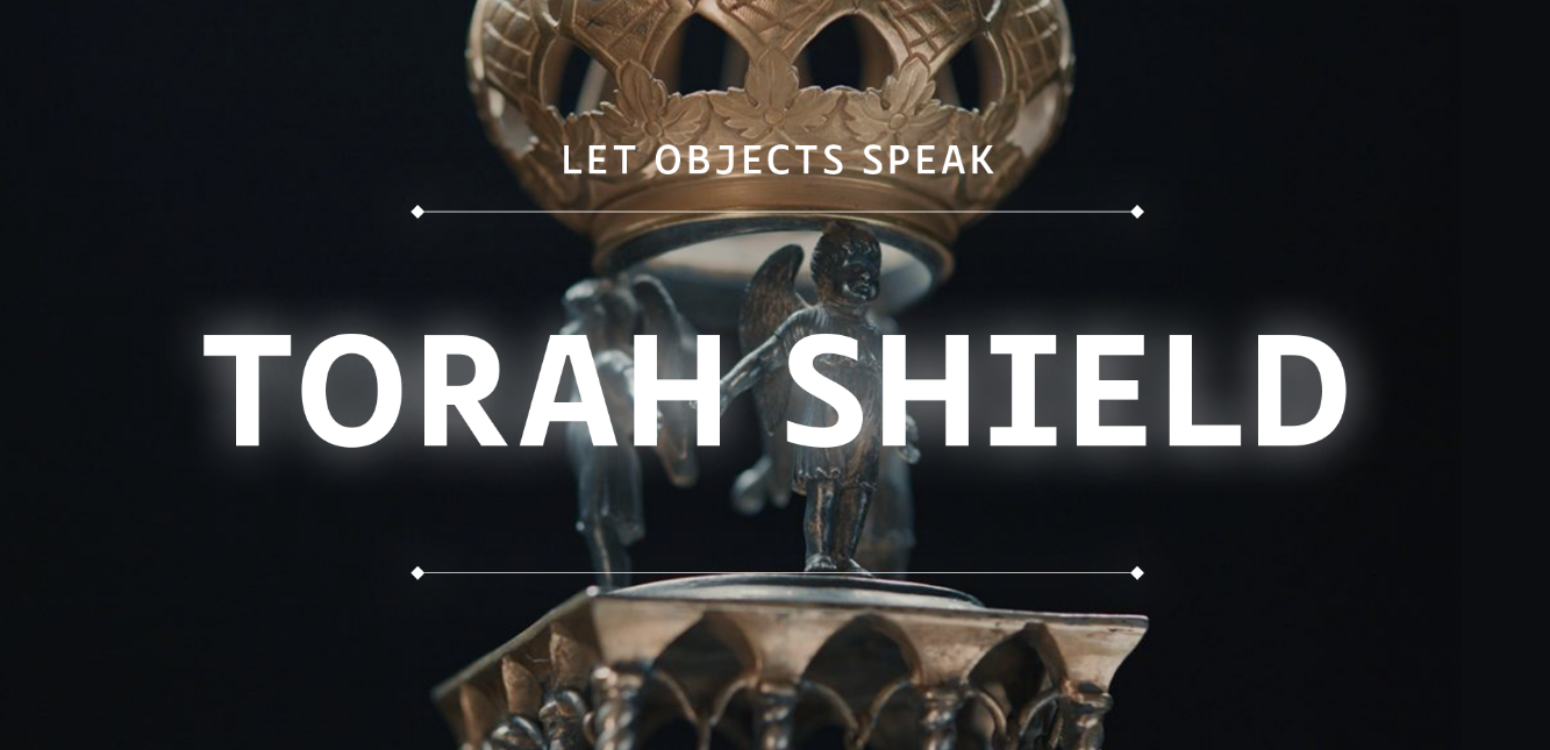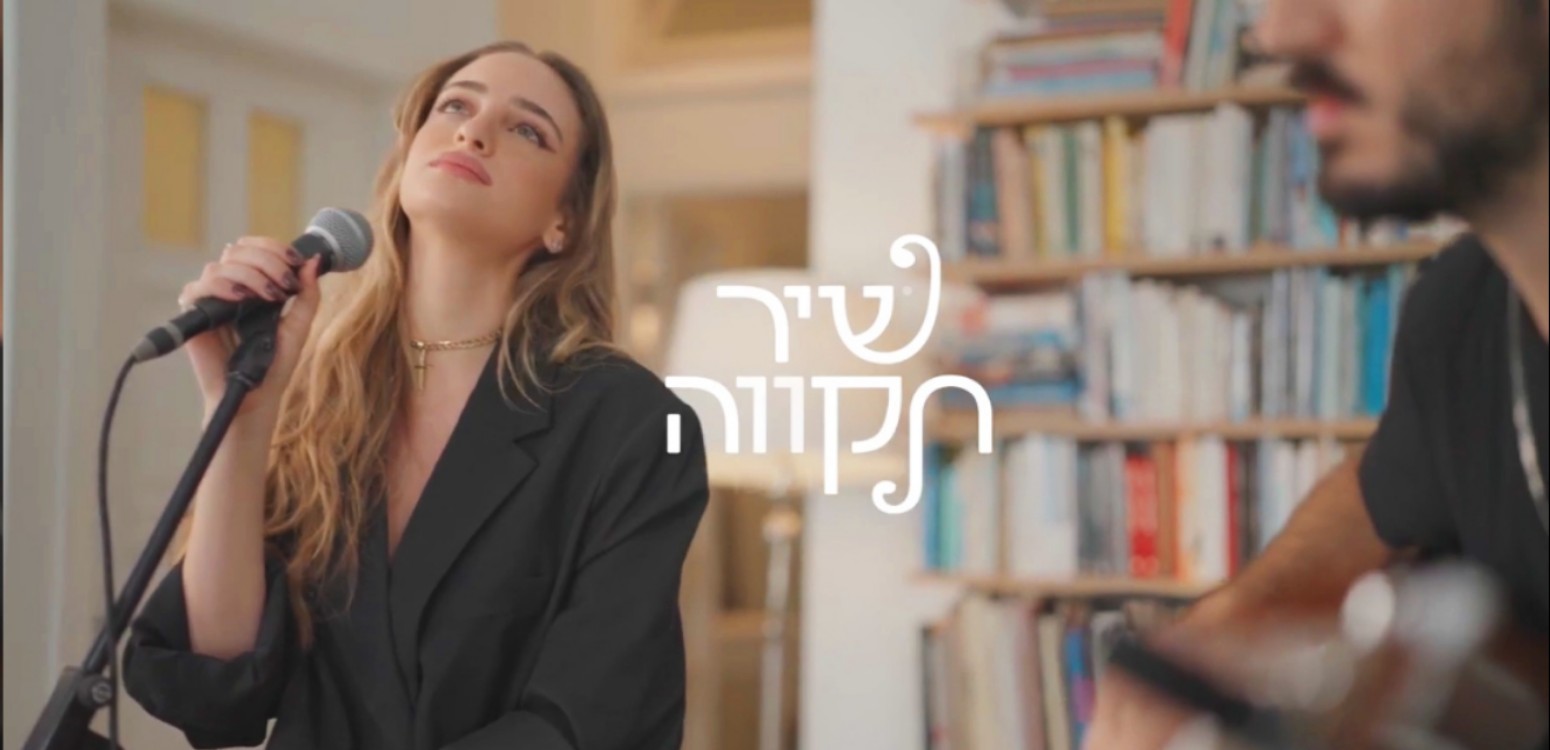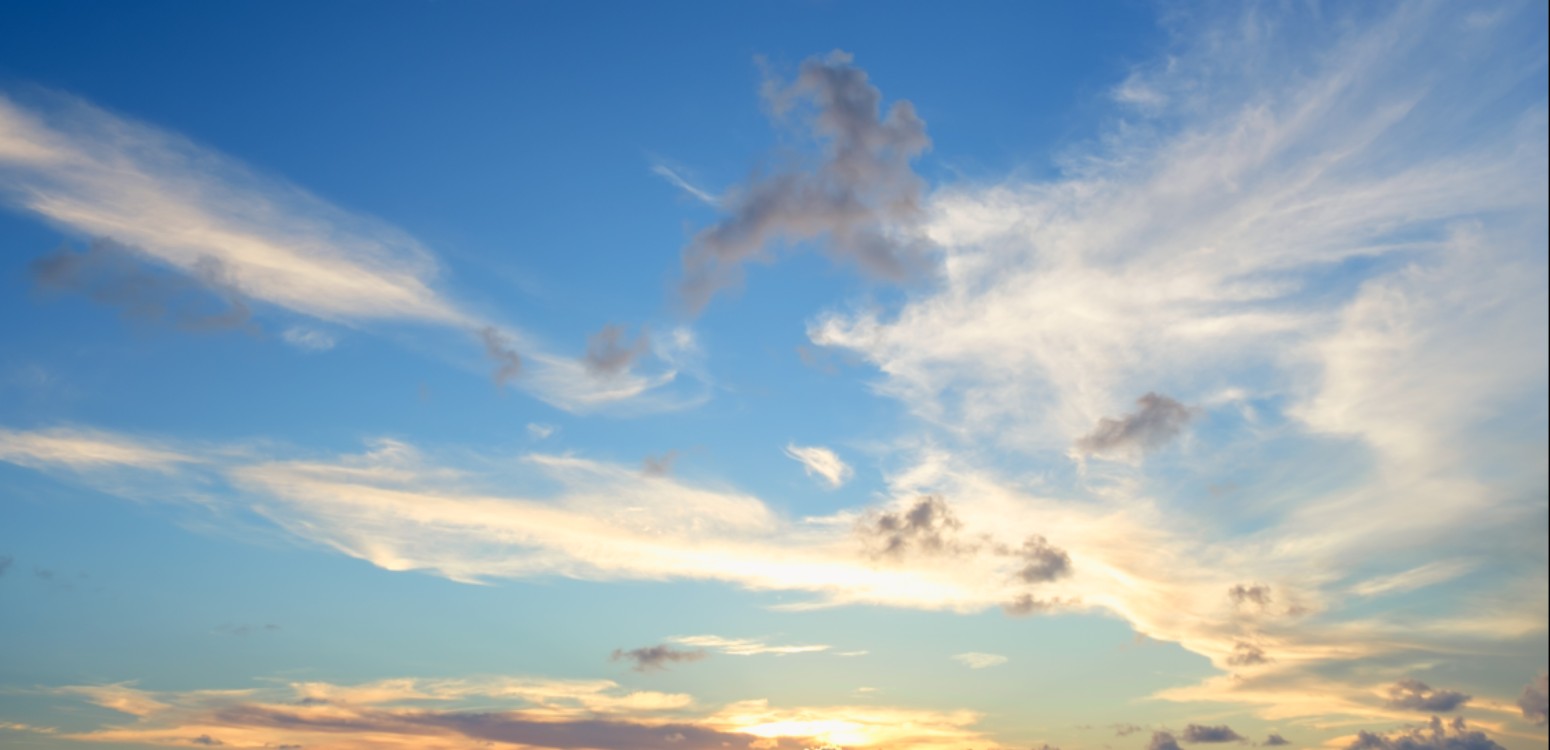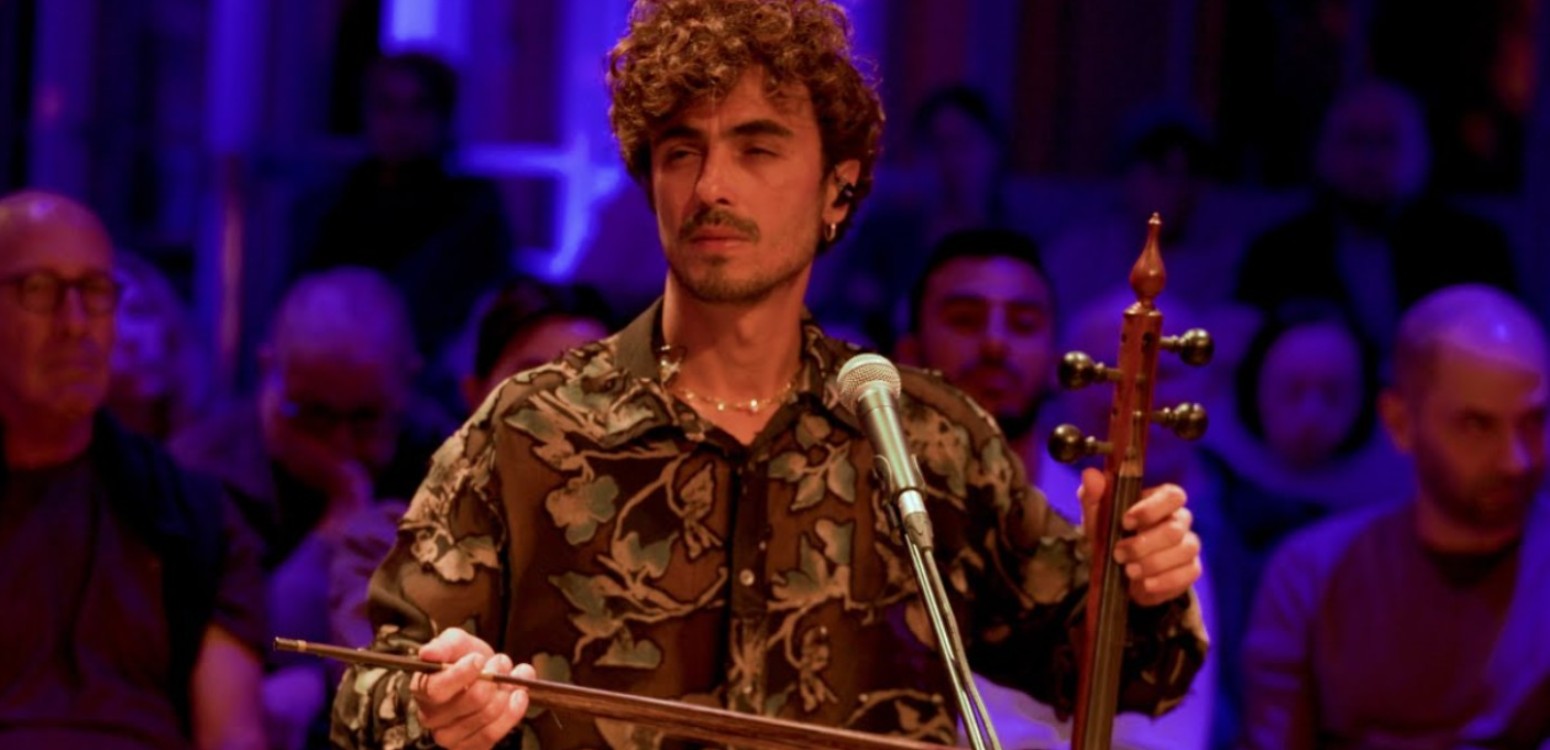
For years, the Ethiopian community had celebrated the holiday of Sigd, with the return to Zion and the endless longing for Jerusalem at its heart. What happened when that dream collided with a reality full of suffering and racism?
Sigd, meaning “worship”, is another name of Mehlella, one of the holidays of Beta Israel, that is the Ethiopian Jewish community. It is celebrated 50 days after Yom Kippur, on the 29 day of the month of Cheshvan. “After we brought Sigd to Israel, Marcheshvan stopped being bitter,” says with a smile Shai Fredo, actor and creator who immigrated to Israel during “Operation Moses” (alluding to the fact that “mar” means bitter in Hebrew).
When the holiday was celebrated in Ethiopia, the worshippers would climb up a high mountain, as a symbol of Mount Sinai, and pray for the return to Zion and the end of exile. Tamar Yosef (Engdau), who grew up in the Gondar region and immigrated to Israel at the young age of 14, remembers the great celebration and the gathering of Jews from all the neighboring villages on the mountain between the villages of Ambuber and Macha.
“On that day, people would fast and wear white,” she recalls. “The atmosphere was one of spiritual elation. A very large part of the prayer is about Jerusalem: “Next year in Jerusalem”. We were always reminded that our place was not where we were, that we did not belong to this place, and that we will go to Jerusalem when the time comes.” “I knew how to say ‘Jerusalem’ before I knew how to say my name, I think,” says Fredo. “Jerusalem symbolized heaven for us.”
Like Fredo, Yosef also made aliyah during “Operation Moses”, and for more than 30 years now both have been celebrating Sigd in Israel. What were the prayer for the return to Zion and the longing for Jerusalem replaced by, after Jerusalem turned from an unattainable dream into a real, beautiful, busy and sometimes difficult city, after the dream of immigrating to Israel turned into a journey of suffering from Ethiopia to Sudan, waiting in camps and the challenges
of absorption and racism in Israel?
Shelly Engdau-Vanda, doctoral student in social work at the Hebrew University, author of the book “Resilience in Migration: The Story of Ethiopian Jews in Israel” (Resling, 2019), says that the Jews in Ethiopia described Jerusalem as a city made entirely of gold, as a land flowing with milk and honey where there would not even be a need to work. “Such a utopian dream,” she comments. Engdau-Vanda describes a dream about Jerusalem and the Land of Israel that was forged in Ethiopia, died in the camps in Sudan, revived itself in the first years in Israel, when children and teenagers made an effort to integrate into Israeli society, and finally faded away 20 years later, when racism reared its head and the immigrants realized that despite their efforts to integrate, Israeli society and state institutions reject them. And if, as Engdau-Vanda claims, the dream of Zion has really faded, why do many still celebrate Sigd every year at the Armon Hanatziv Promenade in Jerusalem, and festivals like the “Sigdiada” also pop up?
The Sigd fool
The holiday of Sigd in Ethiopia is described by those who remember it as a mass gathering of Jews from all corners of the African country, with the aim of participating in the ceremony of renewing the covenant between the people of Israel and their God. Besides the religious prayers conducted by the priests, the holiday was also a huge social and cultural gathering. “It was a place for the young people to get to know each other,” says Yosef. “People found a bride or groom there. Boys would go specifically for that – to meet someone.”
According to Yosef, the atmosphere of Sigd resembled the atmosphere of Yom Kippur in its sense of holiness. “You cannot imagine what kind of crying and what prayers happened there,” she says. “The first time I saw everyone praying, I didn’t understand what they were doing, and then they explained to me that this is how they pray: they bend down to the floor, and this is the greatest mitzvah there is. I did what I saw everyone doing, and though I didn't know what to pray for, what to ask for, I still prayed.”
“I lived in the village of Macha, at the foot of Mount Jan Amora (the name means ‘the flight of the bird’); people used to come there to pray on Sigd every year,” recalls Fredo. “At every Sigd I was the fool – as a little boy, I was sent to the spring to fetch water for the guests, because entertaining guests is the greatest mitzvah.” Yosef says that she was shocked that the village that hosted all the worshippers opened its doors to everyone. “You could just walk into someone’s house and they would serve you food. They were always prepared on this day to receive a lot of guests, and there was a feeling of a big community and family,” she shares. “Wherever you want, you just go in. There were lots of refreshments, lots of food.”
Even after Fredo moved to Israel with his family, he continued to live in the center of things related to Sigd, and this time – Armon Hanatziv, which became the center of pilgrimage for the Ethiopian community on the holiday of the Sigd in Israel. “We had to pay respect to the elders, and when all the uncles and aunts came to Jerusalem, in honor of Sigd, we the children would give up our beds and sleep on the floor for the duration of the holiday. On the one hand, I was happy that so many relatives came, but on the other hand, I had no place to sleep. My brothers and I were all huddled on mattresses.”
Cleanse oneself of all the mess
“I have a lot of criticism of Israeli society,” says Yosef. “When I was in Sudan, I went on without my parents, without any understanding where I was going, simply because they told me ‘Jerusalem’ – and not even for a moment did I want to turn back and go home. The longing for Ethiopia started right here, in Israel, when they told me I was black, when they called us ‘black stinky niggers’, when in tenth grade the whole class walked out because they didn’t want to study with the black kids.” However, she explains, it is precisely during Sigd that she separates her disappointment from the holiday. “On the holiday of Sigd, I go to pray and cleanse myself of all the mess. I see in front of me the Temple, the hope for peace that will be between everyone, the prayer that there will be prosperity and that there will be a good life.”
Yosef explains that beyond that, the celebration of Sigd in Israel has different motivations than those it had in Ethiopia, as far as she is concerned. “My goal for the holiday now is educational – to show my identity, my culture, so that my children can stand tall, so that the Ethiopian children feel proud,” she says. “I take injera and dabo with me, I bring our coffee, and I put on my traditional dress, to show that I have something good to offer: I have roots and a culture and a whole world that I am proud of.”
Engdau-Vanda explains that today there is a division between the older and the younger generations of Ethiopians. The adults continue to celebrate the holiday from a religious point of view: they arrive at Armon Hanatziv in Jerusalem and pray for the establishment of the Temple and of the reign of “ahavat chinam”, unconditional love. Whereas the young people, like Fredo for example, took the holiday a step further, as an opportunity to bring the general Israeli society closer to the Ethiopian community and to increase familiarity with its unique culture.
And yet, after all the victims, so many people perishing on their way to Israel and racism rearing its head, should the holiday of Sigd even be this celebratory? Maybe it should actually become a memorial day? “Some people think this way and some people think differently,” says Engdau-Vanda. “Many people think that it is wrong to turn the holiday into a festival, because the journey, the suffering and the heroism are not given enough space. In general, the rift within the Israeli society and its racism hover over this holiday like a cloud. There is a question of whether to call it a holiday at all, because getting to Israel required so much suffering and sacrifice. It may be that besides the celebrations, something else needs to be done.”
Fredo thinks for a moment and then also answers this question. “Look, I’m trying to look reality straight in the face. This is certainly not the Jerusalem that I prayed for,” he says, “but I think over time I understood that Jerusalem is not something that sits and waits for us to get to it. Jerusalem is made of humans and is affected by what humans do – be it love for others or hatred between one another. We came to Israel during a difficult time of struggle between religions, between races and between classes. We arrived with a desire to come and embrace our brothers in Israel, and we were given a cold shoulder. It’s not easy at all, but you need to wake up and realize that you are Jerusalem. I myself am the person who will contribute to creating the beautiful Jerusalem that I saw in my dreams when I was a child. And this is my way of doing that.”
This article was originally published in Hebrew.
Main Photo: Wikipedia
Also at Beit Avi Chai

